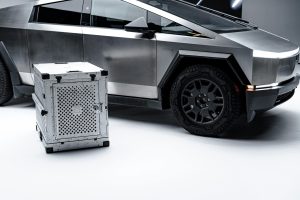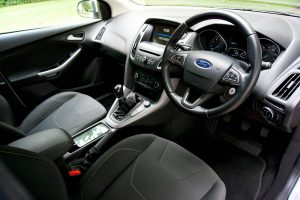Predicting Automotive Trends: What to Expect by 2030
When it comes to the automotive industry, change is inevitable. From advances in technology to shifting consumer trends, the landscape of the automotive world is constantly evolving. As we look ahead to the year 2030, there are many predictions being made about what the future of the automotive industry will look like. From self-driving cars to alternative fuel sources, there are major shifts on the horizon that will have a significant impact on the way we drive and use vehicles. In this article, we’ll dive into some of the top predictions for automotive trends in 2030 and what we can expect to see in the not-so-distant future.
The Rise of Electric and Alternative Fuel Vehicles
One of the most widely discussed predictions for the automotive industry in 2030 is the rise of electric and alternative fuel vehicles. As concerns about the environment and sustainability continue to grow, more and more consumers are looking for eco-friendly options when it comes to their vehicles. While electric cars still make up a small percentage of total vehicle sales, experts predict that by 2030, these types of vehicles will have a significant presence on the roads.
Self-Driving Cars Take the Wheel
The concept of self-driving cars may seem like something out of a science fiction movie, but the reality is that these vehicles are already being tested and implemented on a smaller scale. By 2030, it’s predicted that self-driving cars will be a much more common sight on the roads, especially in urban areas where traffic and congestion are major concerns. This technology has the potential to revolutionize the way we think about transportation, and as it continues to advance, we can expect to see fully autonomous vehicles become a part of our daily lives.
Shift in Ownership Models
Another major trend that is expected to continue into 2030 is a shift in ownership models for vehicles. With the rise of ride-sharing services like Uber and Lyft, as well as car-sharing programs, more and more people are opting to use vehicles without actually owning them. This trend is expected to continue to grow, with some experts predicting that traditional car ownership will become less common in urban areas. Instead, people will choose to use these alternative transportation options, which could have a major impact on the automotive industry and how manufacturers market and sell their vehicles.
Advancements in Technology and Connectivity
Technology is a major driving force in the evolution of the automotive industry, and this trend is only expected to continue in the coming decade. From improved safety features to more advanced infotainment systems, vehicles in 2030 will likely be more connected and technologically advanced than ever before. This will not only enhance the overall driving experience but also have major implications for how cars are serviced and maintained.
Shifting Consumer Preferences
The preferences and priorities of consumers are constantly changing, and this will greatly impact the automotive industry in 2030. As younger generations become the primary car buyers, we can expect to see a shift towards more sustainable and environmentally friendly options. Additionally, the rise of urbanization and the increasing popularity of city living may lead to a decrease in the demand for larger vehicles, such as SUVs and trucks. These changing preferences will require the automotive industry to adapt and evolve in order to remain competitive.
Innovative Manufacturing Processes
As the demand for more advanced and efficient vehicles increases, so too will the need for innovative manufacturing processes. From 3D printing to the use of lighter and more sustainable materials, the way cars are built is set to undergo significant changes in the coming years. This will not only impact the production of vehicles but also have implications for the supply chain and logistics of the automotive industry.
The Bottom Line
The automotive industry is in a state of constant evolution, and the next decade is sure to be no exception. The rise of electric and alternative fuel vehicles, the increased use of technology, changes in consumer preferences, and advancements in manufacturing processes are just a few of the trends that we can expect to see by 2030. As the industry adapts to these changes, the future of transportation looks brighter, more sustainable, and more connected than ever before.
In conclusion, predicting automotive trends for 2030 is no easy feat, as the industry is constantly evolving and new innovations are constantly emerging. However, with advancements in technology, a shift towards sustainability, and changes in consumer preferences, we can expect to see major changes that will shape the way we drive and use vehicles in the coming decade.









